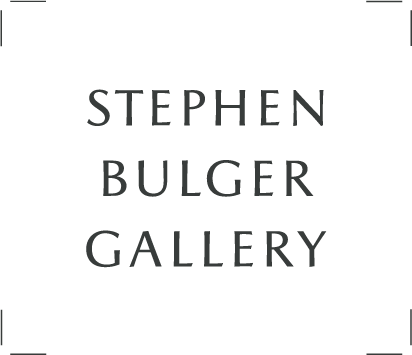(b. 1978, Barrie, Canada)
After receiving a Master’s degree in Kinesiology at the University of McMaster in 2004 and being accepted into Medical School, Joseph Hartman decided to pursue a career as an artist. Hartman, a self-taught photographer, apprenticed with Canadian photographer Edward Burtynsky for over four years.
Hartman’s work arises from his curiosity about the interaction between humans and landscape and how each influences the other. In his first main series, “Highway 69” he made large format photographs of landscapes in a transitional state; choosing to record the landscape as it is transformed into a new place. His subjects include highway construction and large urban demolition sites. Hartman finds the concept of transition intriguing, using the subject to articulate basic human desire and our need for progress. In Hartman’s work the deconstruction of large buildings signifies change in human perception; what was once seen as progress is now seen as a hindrance. His photographs tell a story about society through what Hartman calls, “monuments of our time.”
“Highway 69” led to a journey to two small native communities in Northern Ontario, Heron Bay and Collins, where Hartman spent the first three years of his life 30 years after his family. In “The Road North,” Hartman left to find out if his memories were fictional or concrete and to photograph areas that were similar to the images that were in his mind's eye.
For his series “The Artist’s Studio,” Hartman traveled across the country documenting Canadian artists' work spaces. The photographs are an intimate view of the artists' personal creative spaces, which provide insight into their creative processes: both the physical process of how a painting or sculpture is made, the mental process related to source material, and the origin of their ideas.
Joseph Hartman’s work has been exhibited in private and public galleries across Canada and his photographs are in private and corporate collections across North America.

